Sung Lee of MEDEX Tacoma Class 3 is a native of Oahu. As such it makes perfect sense that he would return to the Hawaiian Islands for his 4-month family medicine preceptorship. At 33 years, Sung is exactly at the median age of a MEDEX student. He came to the University of Washington-based physician assistant training program with significant experience as a US Army medic deployed to Afghanistan and a Special Forces Medical Sergeant.
We caught up with Sung at Windward Urgent Care Services in Kaneohe, about 20 minutes outside of Honolulu. Kaneohe is a bustling community of strip malls and housing that was sugarcane fields only 30 years ago. We’re in the medical offices of Scott Miscovich, MD, and his practice sees long-term multi-generational families from throughout the area. Once sugarcane laborers, the locals living here are more likely working to support the Hawaiian tourism industry.
Sung explains that life on the Hawaiian Islands is significantly different than on the continental US.
“It’s slower paced,” he says. “However, within your neighborhood where you grew up, it’s really a tight-knit community. People I’m not even related to I call aunties and uncles out of respect. And the island is just so small that everybody’s well-connected. Even if you weren’t from here, if you came here to practice, your own patients would be like your own family.”
Sung’s own family experience influenced his career path. His mother was an acupuncturist. “Growing up I was exposed to watching her connect with her patients while she performed eastern medicine,” he says. “Whenever I stopped by her office after school, I would see how passionate my mother was during patient interactions like patient care and follow-up appointments.”
In 2002, Sung enlisted with the Army as an infantryman. He was cross trained as a medic in the Combat Lifesaver course, and deployed to Afghanistan in 2005. At the conclusion of his deployment in 2006, Sung volunteered for the Special Forces and was assigned as Special Forces Medical Sergeant. After the Special Forces Qualification Course at Fort Bragg, NC, Sung was stationed at Fort Lewis with 1st Special Forces Group, which landed him in Tacoma, Washington.
“I had many training and combat deployments with 1st Special Forces Group,” Sung tells us. “I was exposed to and participated in many different types of trauma and management of various diseases. Most times I was the highest medical authority and practiced autonomously in austere conditions, especially in Afghanistan.”
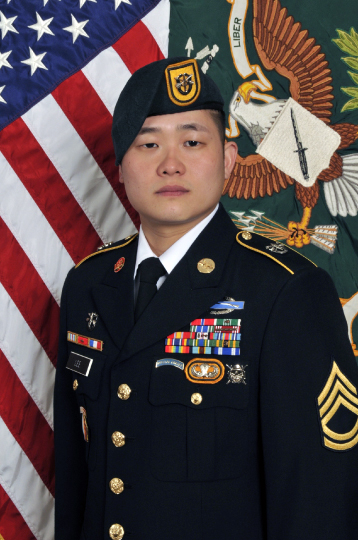
From 2009 to 2010, Sung was deployed to the Philippines where he independently practiced medicine. “I even assisted in delivering a baby in a rural village with the local midwife without advance medical equipment,” he says. As a member of 12-man team, he also worked closely with local partner forces. “Aside from treating members in my team, I’ve treated Filipino army soldiers. I’ve taught TCCC (tactical combat casualty care) to US and partner forces. Training mainly consisted of basics in trauma management and preventive medicine.” During deployments to Afghanistan, Sung and one other medic on his team were the only medical providers in their area of operation consisting of several villages. The two medics provided care ranging from gunshot wound to an upper respiratory infection to US/Afghan partner forces and indigenous populations.
Sung refers to this as dirt medicine. “There are no trauma team with nurses and x-ray techs, no lab capabilities or operating rooms,” he tells us. “It’s me and my aid bag. If I had to surgically gain an airway or emplace a chest tube. We were adequately trained.”
And that’s what motivated Sung to further his education when he left the service.
“You have all these skills, but no credentials when you leave,” he says. “I was disappointed that my background couldn’t get me a role in the civilian setting where I could utilize these skills. But then, again, I had to go back and reflect that the military trains a soldier to be flexible and competent based on the situation, which is in a combat zone. We would do immediate life-sustaining interventions, and then hand them off.
At times, Sung felt that his education was lacking. “I came to terms with that, and the PA route seemed a perfect bridge to apply skills I’ve been taught and to advance my medical knowledge.”
That’s when he started looking at the MEDEX Northwest Physician Assistant training program.
Sung left active duty in 2013, and transferred in to the Washington Army National Guard as a Special Forces medic. While working on his prerequisites to gain entry into MEDEX, he volunteered at Tacoma General Hospital. This experience gave him visibility into how the civilian healthcare system worked.
“Yeah, it’s a lot different,” he says. “There are many liability boundaries, and everybody has a specific role and scope of practice. That’s in contrast to dirt medicine, where you do what you can with what you know to save the patient.”
While volunteering at Tacoma General Hospital he learned of an opening for an Emergency Department Technician, and went for it. Concurrently finishing up his prerequisites, Sung applied for the 2015 incoming class at MEDEX.
“I just applied to MEDEX alone,” he says. “That’s where I wanted to go. I looked at the history, and being that it’s the second oldest program in the nation—and how Dr. Richard Smith came to establish the program—I was pretty fascinated. Being that MEDEX Tacoma was right here at my back door, the Pacific Northwest grew on me since being stationed here.”
Sung recalls the initial interview panel at MEDEX. “I was quite nervous, but excited at the same time,” he says. “It was interesting to see my potential classmates at that time from various backgrounds, and to learn of their medical experiences. It’s what made each individual applicant unique. I was nervous, but I enjoyed it, and it was a moment I’ll never forget.”
Now at the tail end of his time with MEDEX, Sung graduates in August of 2017. His clinical year has been packed with 1-month rotations across the Western Continental U.S, including two in Las Vegas and four in Washington State. But as a native Hawaiian, his 4-month family medicine preceptorship on the island of Oahu holds special relevance for Sung.
“During my time here, I learned that there’s a huge shortage of healthcare access, especially on the neighbor islands of Oahu,” he explains. “It’s unfortunate. Even in this office, we see patients from neighboring islands. Some patients come as far as from Samoa for their care. There’s also a considerable shortage of advanced medical equipment, personnel with the ability to operate, and providers of all specialties. Everybody that does come here to practice will make huge impacts on their patients and the community.”
“There’s a lot of room for improvements, and so I can see great things happening in the future as Hawaii catches up to medical advances available in the mainland. But there’s a need, a big need for healthcare providers here.”
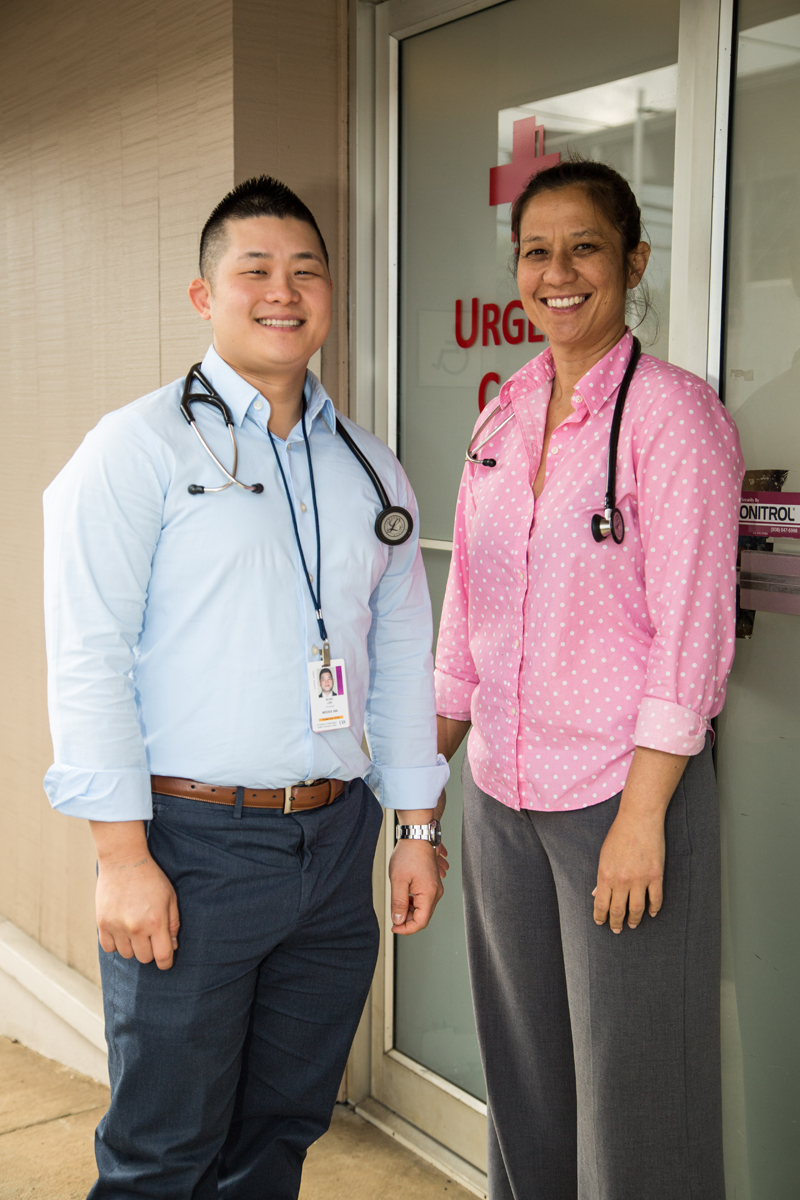
During his time at Windward Urgent Care Services, Sung worked directly under another physician assistant, Shelean Roylance, PA-C.
“Shey has been a phenomenal mentor—real patient with me,” Sung tells us. “Initially, I had some bumps, being that this was my first rotation. But she’s been very supportive, guiding me along at a pace that I could keep up. And she’s really good about reading people, and their personalities, their limitations, and also where they excel.”
Sung also has nothing but praise for the clinic owner, Dr. Scott Miscovich.
“Miscovich, he’s a rapid-fire, man,” Sung says. “He’s a mover and shaker. He’s got so many ideas to improve the Windward community. Currently he has plans to expand his practice to address the homeless and drug abuse population, and also those with psychiatric disorders in need of medical attention. His practice is going to do great things for the local community.”
Dr. Scott Miscovich is impassioned about healthcare delivery on Oahu. As the owner of Windward Urgent Care Services, he’s keenly aware of the social and historical context of his patient panel.
“This community is separated from urban Honolulu by the Ko’olau Mountain Range, which are 4,000-foot high mountains,” says Miscovich. “And the area we’re sitting in right now, a mere 30 years ago, was sugarcane fields—very rural. So, this is recently developed. Prior to that development, we had a lot of Pacific Islanders, Filipino, Chinese and Asian immigrants move into this area to work in sugarcane or pineapple, which was the common agricultural product back then. There were also lots of Native Pacific Hawaiians. Consequently, we have long-term multigenerational families who have been here since the mid 1800s or late 1800s, and have never left.”
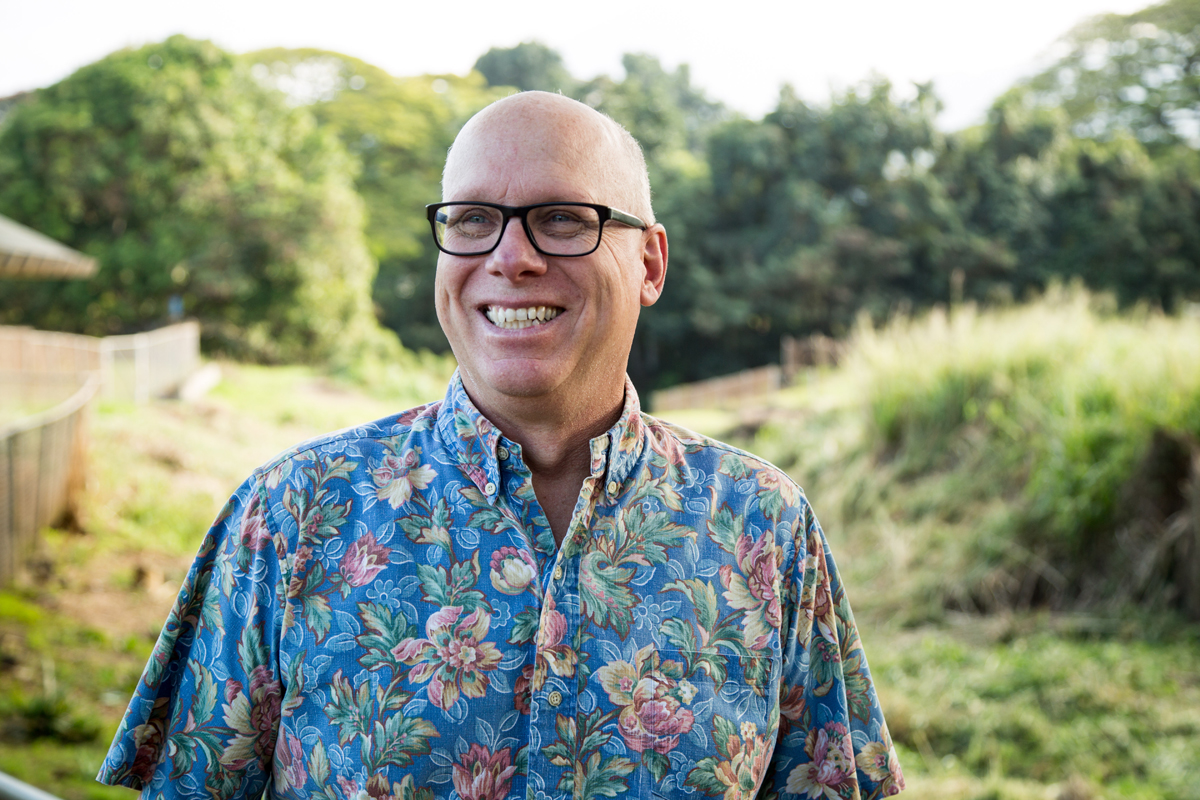 Partly because of the cost of living, it’s common for multigenerational families to stay in the same home. “It’s not uncommon where we’ll see a smaller home that might have 18 people living in it,” says Miscovich. This contributes to the feeling of ‘ohana—a broader sense of family including blood-related, adoptive or intentional. “It’s very special, to say the least.”
Partly because of the cost of living, it’s common for multigenerational families to stay in the same home. “It’s not uncommon where we’ll see a smaller home that might have 18 people living in it,” says Miscovich. This contributes to the feeling of ‘ohana—a broader sense of family including blood-related, adoptive or intentional. “It’s very special, to say the least.”
As Dr. Miscovich lays it out, there are enormous challenges placing strains on the health of this island community, and they’re all interrelated.
25% of the Hawaiian population is covered by a program called Med-Quest, a managed Medicaid program. For 20 years Hawaii has received a waiver from the federal government for a managed care component of delivering healthcare—one of the few states to have this.
At issue is the fact that 5% of the population is consuming $1.2 billion in healthcare costs.
“We have some patients that are making 150 to 200 emergency visits per year,” Miscovich tells us. “They come in when they need a warm meal and a shower. They know what to say, they get admitted, and they get discharged. It’s a process that’s really affecting the whole health system.”
Underlying this is a complex set of circumstances that includes physician shortages, patient education, drug use and homelessness.
“That is a tremendous drain on resources that needs to be looked at the primary prevention level,” he says. “We need to help these people manage their health care, make them better educated consumers on when and how to use emergency room, how to use a primary care doctor, how important it is to take care of their sugars, maintain their A1Cs, and do the appropriate preventative testing. Our practice is very big into that.”
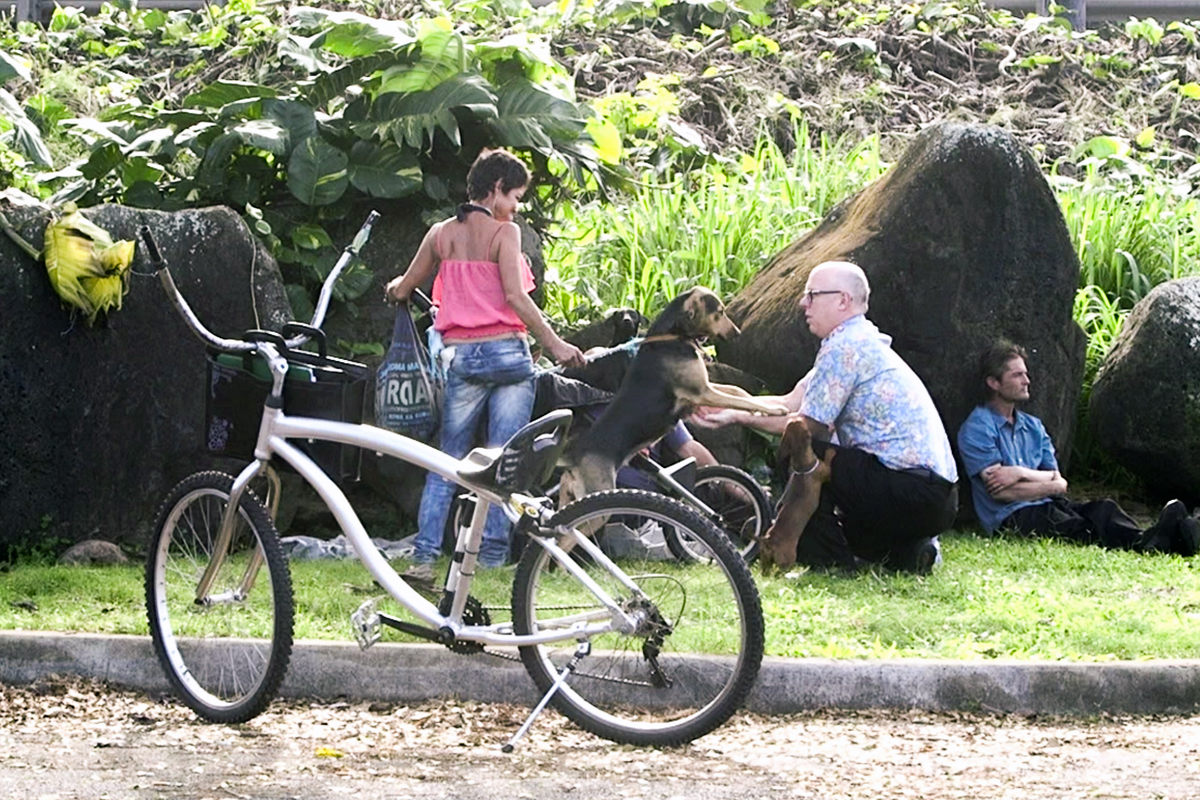
Windward Urgent Care Services is a sizable family practice. Scott Miscovich’s clinic has two additional physicians, five PAs and one nurse practitioner. “We do full integrative care,” says Miscovich. “We do everything from outreach to diet. We treat diabetes and all the comprehensive health conditions that are in Hawaii right now.”
The facility also takes on PA students like Sung Lee to train the next generation of providers.
“We are very, very short of physicians,” Miscovich reports. “We have a significant issue with access to care.” It’s predicted that, by 2022, the state will be short by 1,200 providers.
Right now, these shortages are showing in areas that really have an impact on the island communities.
“We’re very short of in-patient addiction treatment, outpatient treatment, and psychiatrists willing to treat it. Our big issue is meth and opiates. Heroine is a tremendous problem, yes. But meth and its addictive capabilities meet the parameters of low cost and easy accessibility. It’s cheap to make, and the third use changes your brain chemistry.”
In his practice, Dr. Miscovich has seen three generations of meth users: a 70-year-old, a 50-year-old and a 30-year-old. “They’ll come in and tell me openly, ‘Yeah, my kids are doing it with me.’ It’s just incomprehensible when you have that going on. It tells you how much work we really have to do to make a difference.”
But those are the things that motivate Dr. Scott Miscovich. “We’ve got to do something about this, or we’re just gonna see the cycle perpetuate.”
Miscovich believes that addressing the crystal methamphetamine addiction starts with early intervention, “before the brain chemistry changes, before the ability to treat them,” he says. “We need intervention early on. And that starts at home. It has to start in conversation with families and the workplace. And it starts in every primary care office.”
He admits it’s not an overnight process.
Policy-wise, he’s working on ways to increase access to care.
“I’m working as adviser to the president of our state medical association actively and have been involved in numerous committees as well,” he says. “I’m now the chairman of our state opioid addiction and narcotic overdose policy committee, which has an acronym called HO’OLA. Our goal is to really address and prevent addiction, and to broaden treatment options for our state.”
That relationship has put Dr. Miscovich in the great position of helping with another big problem in Hawaii—homelessness. “So I’ve really taken on the role of trying to help with our homelessness crisis. We have about the fourth worst problem with homelessness in the United States here.”
Miscovich explains that Hawaii has a dual process for addressing homelessness. There is the city and county of Honolulu, which handles all of Oahu. And then there’s the state, which has a role.
“There have been some questions about what is the best way to approach the problem,” says Miscovich. “In fairness to them, this is new. This is a new problem that’s now blossomed into a massive problem. This is viewed as a blight to Hawaii’s tourism industry, And yet, these people are there. There is a side of the community that says, ‘Well, why don’t you do something to get them off our streets?’ So it becomes a political issue too, you know, to move these people off the streets. And I think there has been experimentation with sweeps and moving people that have not been that successful.”
Dr. Miscovich advocates a big picture approach.
“It’s not just that we have to address the addiction. We have to address the mental illness. And they’re pushing a program here called Housing First, which is to place the people in housing and then deal with all the addiction issues after.”
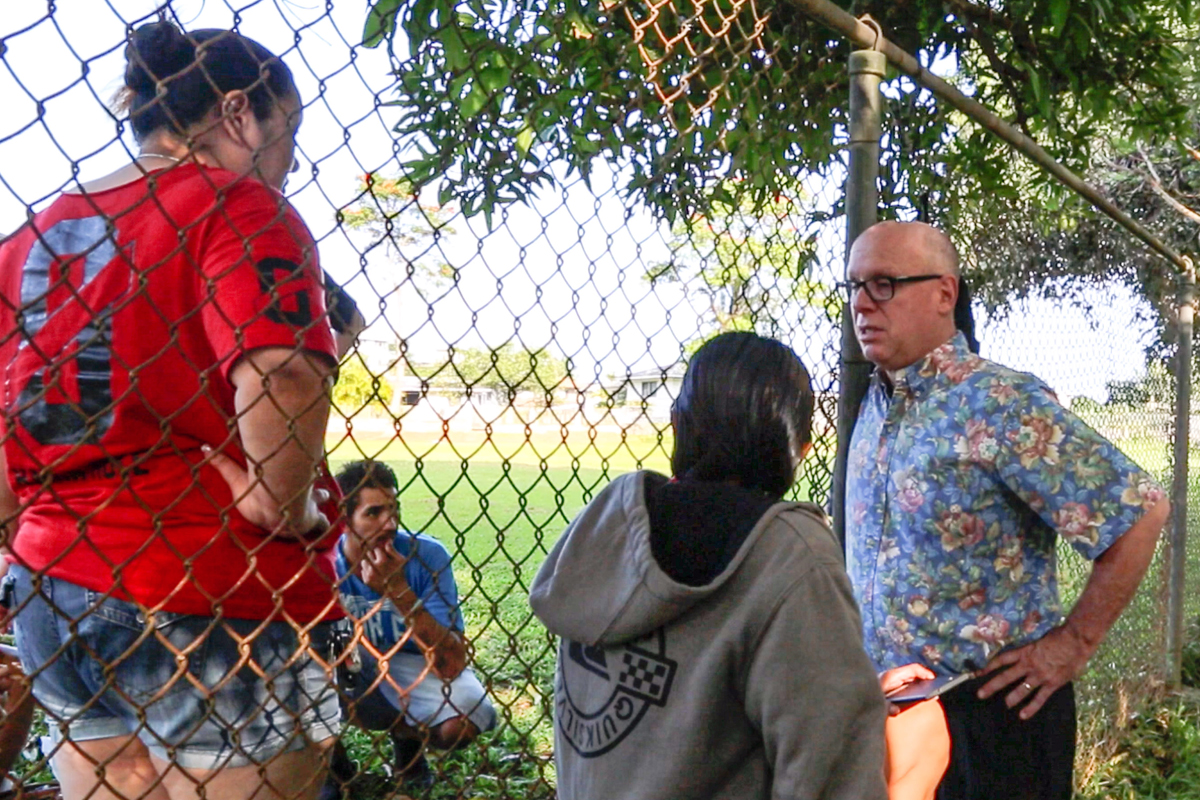
He admits that Housing First hasn’t been all that successful. “But there are other models that we have to look at,” he says. “And there is a lot of discussion about our lack of affordable housing. That is a real issue. We do have counselors and transition counselors that are working on that. You know, one of the things we’ve been advocating for, with my group and team with the narcotic policy committee, is immediate wraparound support services for people with addiction. We have the desire to place people, but we don’t have the backend wraparound because of shortages.”
Scott Miscovich takes a deep breath. “We believe it’s paradise here,” he says. “Once providers come here, I believe they will love it. But it is a high cost of living, very expensive.”
Currently, Dr. Miscovich is working with Hawaii Democratic Senator Josh Green, MD to introduce a bill to the Hawaii State Legislature providing a $50,000 tax credit to physicians allowing PAs to work for them. Both remain optimistic at the prospects.
“It’s a two-year legislative cycle, so it may get kicked around,” he says. “But I believe it’s got a good chance. When it becomes law it will be a way to encourage doctors to take another look at how we can move quickly to address the provider shortage in our state.“
